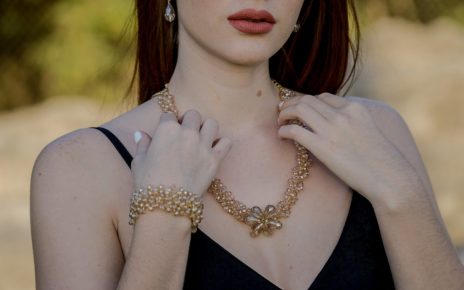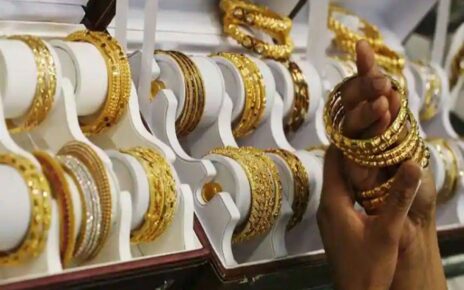Probably the most bold and dramatic eras of favor was the time of art deco. Beginning within the 1920s and spanning towards the 1930s, the style of silver jewellery would be a huge departure in the previous school of art: art nouveau. Where art nouveau jewellery was dedicated to natural curvy lines and flowers and insects, art decorated jewellery centered on geometric shapes and were more intricate, because of advances in manufacturing technology. The folks from the 1920’s wanted art that expressed something totally new, something which satisfied society’s requirement for a brand new type of novelty in jewellery form.
The types of design present in art decorated jewellery were a breath of outdoors towards the public. For some time, the folks were enthusiastic about Egyptology, because of King Tutankhamun’s tomb being discovered by Dr. Howard Carter, an english archeologist, in 1922. So excellent was the public’s newly found passion for Egypt, there would be a popular for reproductions of King Tut’s artifacts to become reproduced into jewellery pieces. A couple of types of these could be amulets, scarabs, goggles of King Tutankhamum, snakes, together with many other unique products within his tomb.
But Egypt wasn’t the only real country for use for inspiration for art deco jewellery. Throughout the 1920s and 1930s, plane travel helped bridge the continents and inspired more communication around the world, particularly Persia and India. Greater contact with these countries wasn’t lost on art deco jewellery. Hindu motifs were gaining popularity and searched for out, as were the valuable gemstones based in the area, for example: rubies, emeralds, sapphires, diamonds and pearls. Because the maharajahs traveled to European metropolitan areas, their type of jewellery was spread across the continent together, and offered to inspire art decorated jewellery in lots of ways.
Among the technological advances that helped art deco jewellery enter into form was bakelite, a plastic-type. Mostly utilized in small appliances and telephones, bakelite was soon discovered to be an affordable method to manufacture jewellery. Bakelite might be colored and molded into small parts which was ideal for rings and bracelets. Rather of utilizing pricy gemstones, a bit of bakelite could be molded and colored into almost any shape and hue. Typically the most popular color were shades of amber, but red, eco-friendly, white-colored and black were also common colors present in bakelite jewellery in the art deco jewellery period.
Probably the most searched for-out art deco jewellery pieces would be the diamond engagement rings made during this time period. Collectors have a problem finding them, however the rings are worth the time needed to locate them. Popular metals being used were white-colored gold and platinum. These metals were contrasted with crystals and diamonds, both common in art deco jewellery, combined with the inclusion of sapphires, emeralds, barrier, turqoise and rubies. They made heavy utilization of symmetry, and were usually found to possess strong geometric shapes, too. For recently engaged couples, art deco rings are typically the most popular antique rings.





